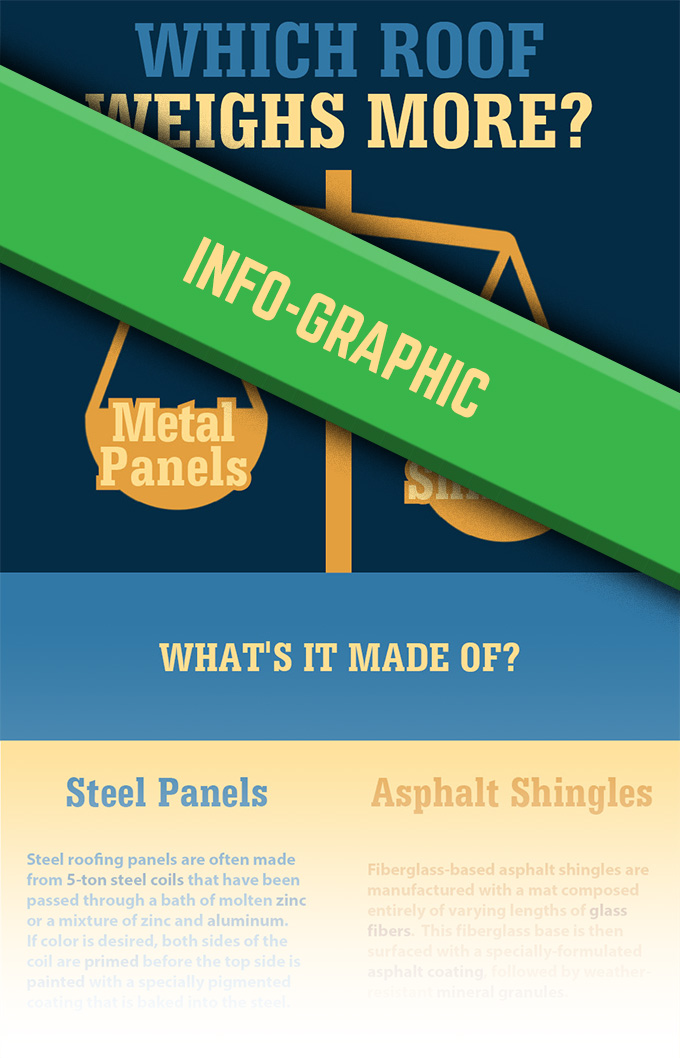Assessing The Costs Connected With Solar Installations: Is It A Beneficial Investment?
Assessing The Costs Connected With Solar Installations: Is It A Beneficial Investment?
Blog Article
Web Content By-Holdt Larsen
When taking into consideration the expenses of solar setup, you may question the upfront financial investment called for and whether it lines up with the possible long-lasting benefits. Understanding the complexities of these costs and the different factors affecting the general return can shed light on the value suggestion of transitioning to solar power. By examining both the first configuration expenses and the projected savings with time, you can gain understanding into whether the financial investment in solar installation holds pledge for your economic future.
Initial Setup Expenditures
When considering the expenses of solar installation, the preliminary configuration costs play a critical role in your decision-making procedure. These in advance costs include the rate of photovoltaic panels, inverters, installing equipment, and installment labor.
The cost of solar panels can vary depending on the brand name, efficiency, and dimension you select. Inverters are important for transforming the sunlight's energy into useful electrical power and can be found in different kinds such as string inverters, microinverters, and power optimizers, each with its own price ramifications.
Installing tools, such as racks and rails, is necessary to firmly set up solar panels on your roofing or residential property.
The setup labor price covers the professional installment of the solar system, ensuring that whatever is established correctly and effectively. Keep in mind that while these first arrangement expenditures may appear high, there are often rebates, tax obligation incentives, and funding options readily available to help counter the expenses and make solar installation much more affordable over time.
Long-Term Financial Savings Analysis
To recognize the economic advantages of solar installation with time, it's critical to perform a thorough lasting savings analysis. While the initial setup costs of solar panels might seem complicated, the long-term savings can outweigh these prices dramatically. By utilizing the power of the sun to generate electrical power for your home, you can potentially save countless bucks on your utility bills over the life expectancy of your solar system.
One of the essential aspects to think about in a long-term financial savings analysis is the decrease in your power costs. With photovoltaic panels, you can generate your electricity, minimizing and even removing your dependence on the grid. This can bring about considerable savings, especially as energy rates remain to climb.
Additionally, many governments provide incentives such as tax credit ratings and refunds for setting up photovoltaic panels, even more enhancing your long-lasting financial savings. By making see page of these incentives and maximizing your solar power production, you can enjoy substantial monetary benefits for many years to come.
Return on Investment Estimation
Thinking about the financial benefits of solar installation, it's time to analyze the Roi (ROI) computation. Figuring out the ROI includes comparing the total expenses of mounting a solar system with the economic benefits it produces over its lifespan.
To calculate ROI, divide the internet profit from the system by the overall financial investment cost and increase by 100 to obtain a percent. The ROI formula is: (Internet Revenue/ Overall Financial Investment Cost) x 100.
As an example, if the overall cost of mounting a solar system is $20,000, and over its lifespan, it creates savings and earnings totaling $30,000, the internet revenue would certainly be $10,000. Dividing this by the total financial investment cost of $20,000 offers a ratio of 0.5. Multiplying this by 100 offers an ROI of 50%.
Usually, a greater ROI suggests an extra monetarily gratifying investment. Variables like federal government incentives, upkeep prices, and energy price fluctuations can impact the ROI of solar setups. Understanding the ROI helps in assessing whether purchasing solar energy is worth it in the future.
Final thought
In conclusion, comprehending the costs of solar installment is important for identifying if it deserves the financial investment. By thinking about first configuration expenses, performing a long-lasting savings evaluation, and determining the roi, you can make an informed decision about the economic value of solar power. With the capacity for decreased energy costs and boosted power freedom, buying solar installation can be a smart selection for both your pocketbook and the setting.
